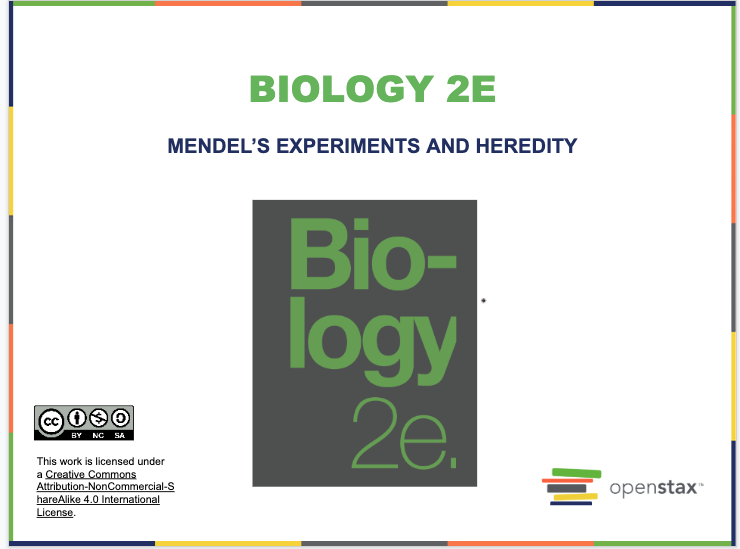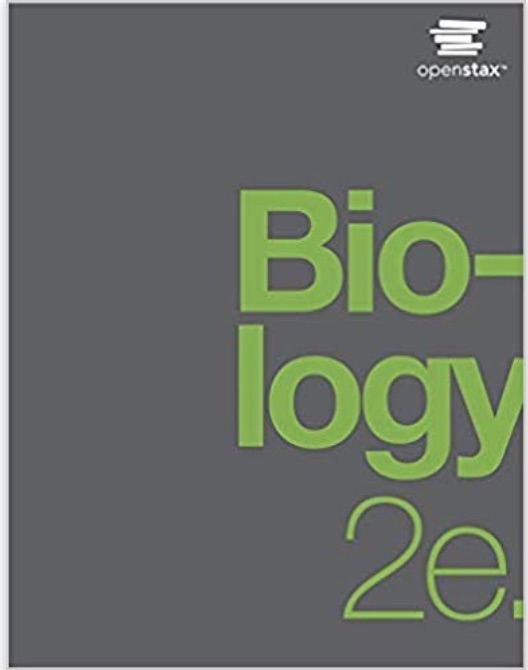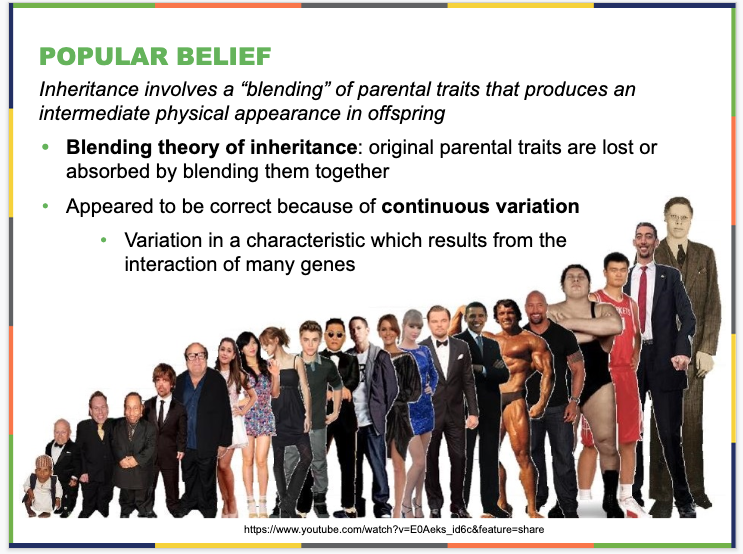Mendel's Experiments and Heredity Resources

Overview
Genetics is the study of heredity. Johann Gregor Mendel set the framework for genetics long before chromosomes or genes had been identified, at a time when meiosis was not well understood. Mendel selected a simple biological system and conducted methodical, quantitative analyses using large sample sizes. Because of Mendel’s work, the fundamental principles of heredity were revealed. We now know that genes, carried on chromosomes, are the basic functional units of heredity with the capability to be replicated, expressed, or mutated. Today, the postulates put forth by Mendel form the basis of classical, or Mendelian, genetics. Not all genes are transmitted from parents to offspring according to Mendelian genetics, but Mendel’s experiments serve as an excellent starting point for thinking about inheritance.
Learning Objectives
Describe the scientific reasons for the success of Mendel’s experimental work
Apply the sum and product rules to calculate probabilities
Explain the relationship between genotypes and phenotypes in dominant and recessive gene systems
Develop a Punnett square to calculate the expected proportions of genotypes and phenotypes in a monohybrid cross
Explain the purpose and methods of a test cross
Describe non-Mendelian inheritance patterns such as incomplete dominance, codominance, recessive lethals, multiple alleles, and x-linkage
Explain Mendel’s law of segregation and independent assortment in terms of genetics and the events of meiosis
Use the probability rules to calculate the probability of genotypes and phenotypes from multiple gene crosses
Explain the effect of linkage and recombination on gamete genotypes
Explain the phenotypic outcomes of epistatic effects between genes
Recommended Textbook Resources
Chapter 12: Mendel's Experiments and Heredity
OpenStax: Biology 2e
A review of Mendel’s experiments, genotype versus phenotype, monohybrid and dihybrid crosses, the laws of inheritance, and the laws of probability. Also included is a discussion of the purpose of a testcross, non-Mendelian inheritance patterns, linked genes, and epistasis.
Khan Academy: Classical Genetics
A review of genetics principles to accompany the textbook chapter, including several practice quizzes.
Student Assessment Activities
Project 1:
Go to the Classical Genetics page at Khan Academy (https://www.khanacademy.org/science/high-school-biology/hs-classical-genetics). You will complete each of the following units:
- Introduction to Heredity
- Non-Mendelian Inheritance
- Sex Linkage
- Pedigrees
FOR EACH UNIT, first complete each Learn activity. Once you have finished the Learn activities, complete the set of Practice questions. (Notice that the Introduction to Heredity unit has two sets of Practice questions.) Once you have completed the Practice set and can see your results screen, take a screen image (also called screenshot or screen capture) and print the image. Turn in all four printed images to your instructor.
Project 2:
Find the correct answers to the end of the chapter “Review Questions.” Note the page number on which you found the answer. Be prepared to share and explain your answers in a group setting.
Project 3:
Answer the end of the chapter “Critical Thinking Questions.” Note the page number on which you found the answer. Be prepared to share and explain your answers in a group setting.

